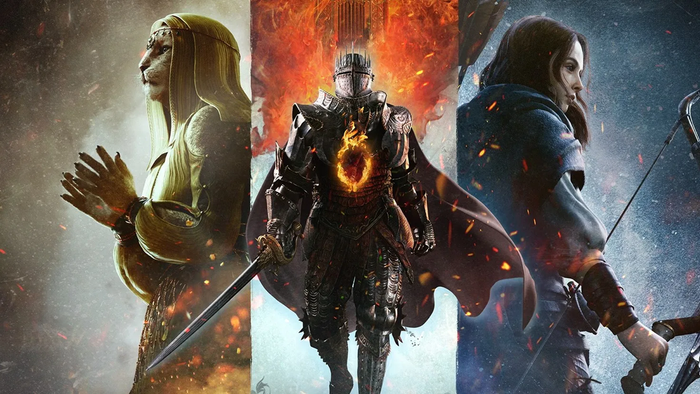For today's exclusive Gamasutra feature, International Hobo's Chris Bateman provides a rare public look at an in-depth commercial PlayStation 2 game design document with Fireball

For today's exclusive Gamasutra feature, International Hobo's Chris Bateman provides a rare public look at an in-depth commercial PlayStation 2 game design document with Fireball, eventually released on PC as Play With Fire by Manifesto Games. Our five page feature covers the entirety of Bateman's design document touching on every aspect of the game's development from file-naming standards to branding choices, which International Hobo broke down as such: "There are two options for the brand image for the game, and which is used depends entirely upon the needs of the choice of the publishing partners: · Fireball Brand: this approach targets impulse purchasers and is suitable for where the primary sales channels for the game are in mass market catchment areas e.g. supermarkets. In this case, the game packaging should draw attention to the fact that it is Easy to Play, in order to appeal to the Casual audience, who typically finds most games are too hard to control. · Hidama Brand: the Hidama (Japanese for ‘fireball’ or ‘falling star’) approach is targeting the Hardcore gaming community’s desire for new and innovative product. A Japanese sub-title for the game serves to intrigue, and suggest that this may be an interesting and hitherto overlooked title (such as Katamari Damacy). The game packaging should draw attention to the games Unique Gameplay. This approach is best suited if the publisher is expecting to sell the game primarily through specialist game shops or online." Bateman also breaks down the target audience for the game into 'evangelist' and 'target' clusters, which he describes in this excerpt: "Evangelist clusters represent sections of the audience for the game with the potential and intent to spread knowledge of the game to a wider audience. The evangelist clusters for the game would be: · H3 Wanderers (looking for a unique experience): a “Hardcore” gaming cluster (based on self-assessment and number of games purchased), this cluster is mixed gender and samples many different games over the course of each year. Their interest in novelty should aid in reaching them with this product. About 20% of Specialist Press reviewers fall into this cluster – these should be targeted by the game’s PR drive. · H2 Managers (looking for systems & puzzles): Logical puzzles of all kinds appeal to this cluster. The original yet intuitive mechanics of Fireball, coupled with the puzzle-oriented gameplay, will appeal to players preferring this play style. Although there are many H2 type players in the specialist press they are unlikely evangelists, as they tend mostly to review strategy games." You can now read the full Gamasutra feature on the subject with more revealing and useful information on and examples of the design document process (no registration required, please feel free to link to this column from external websites).
About the Author(s)
You May Also Like









